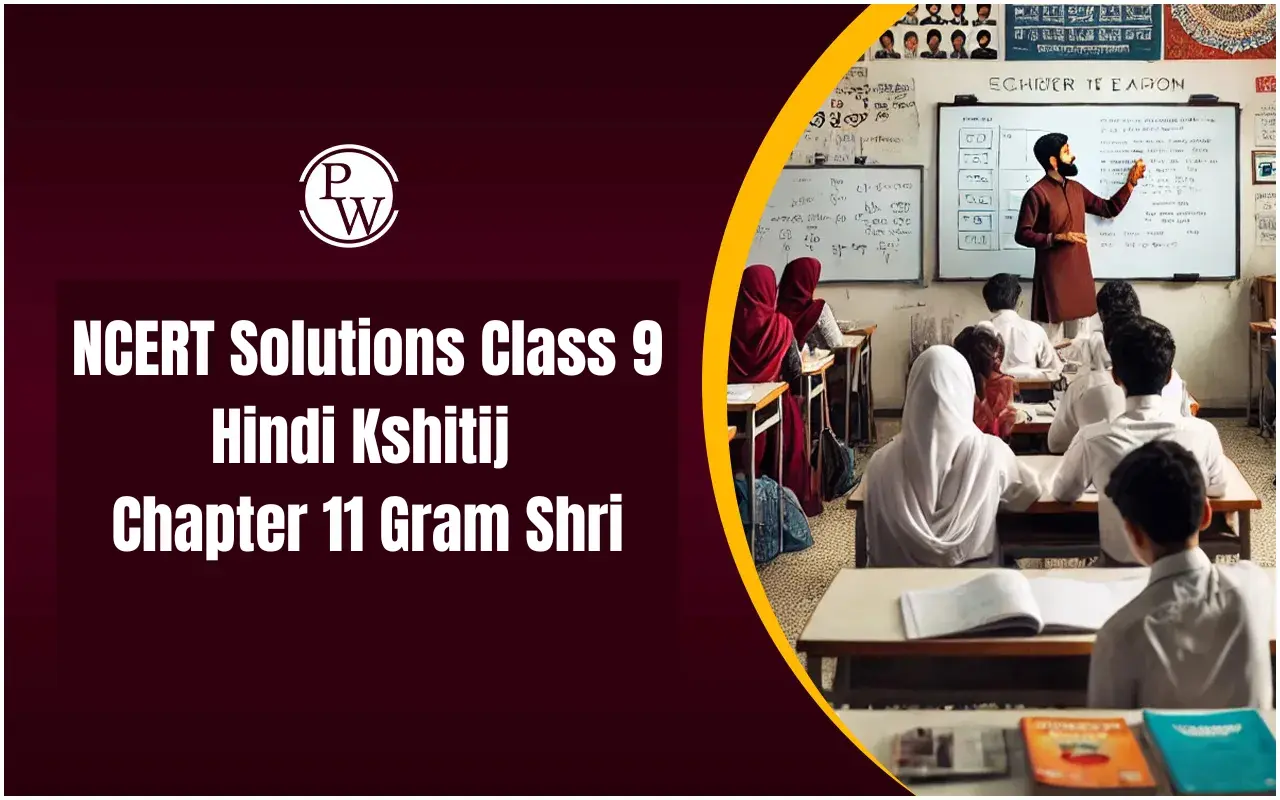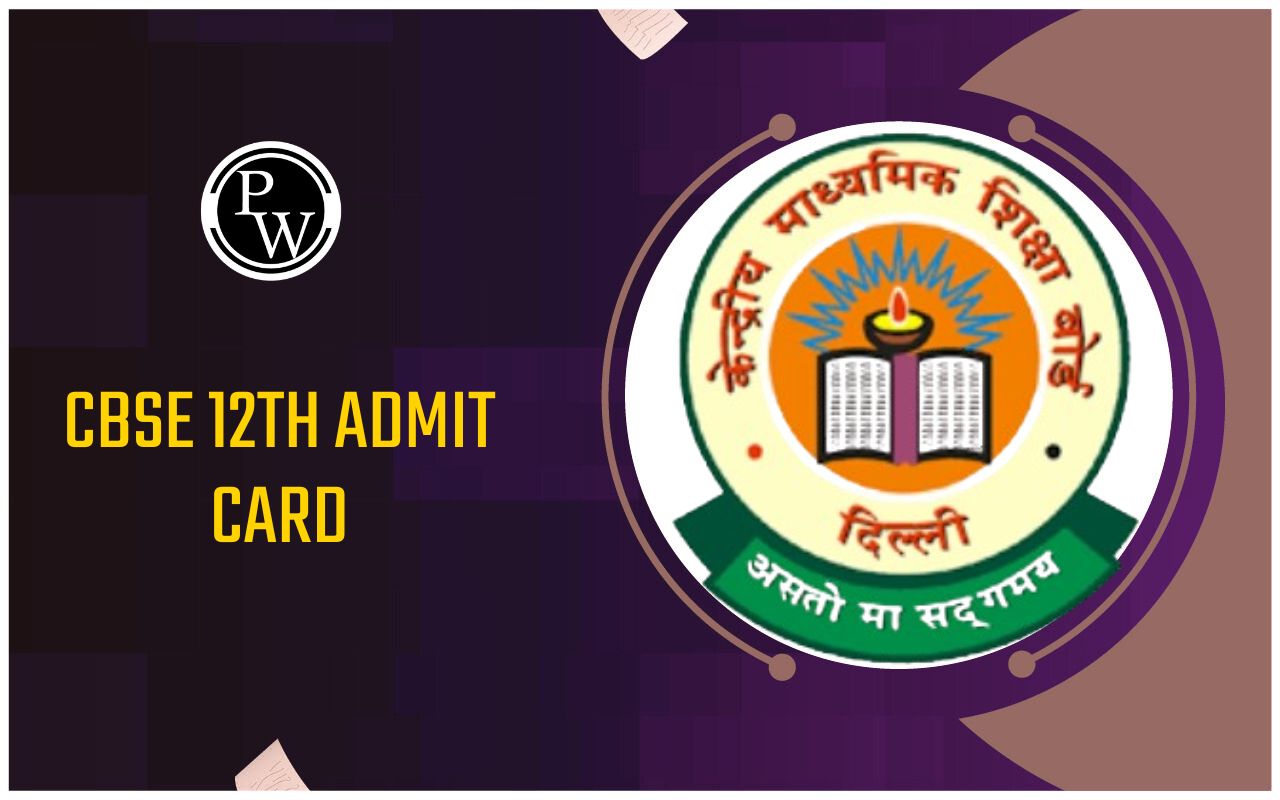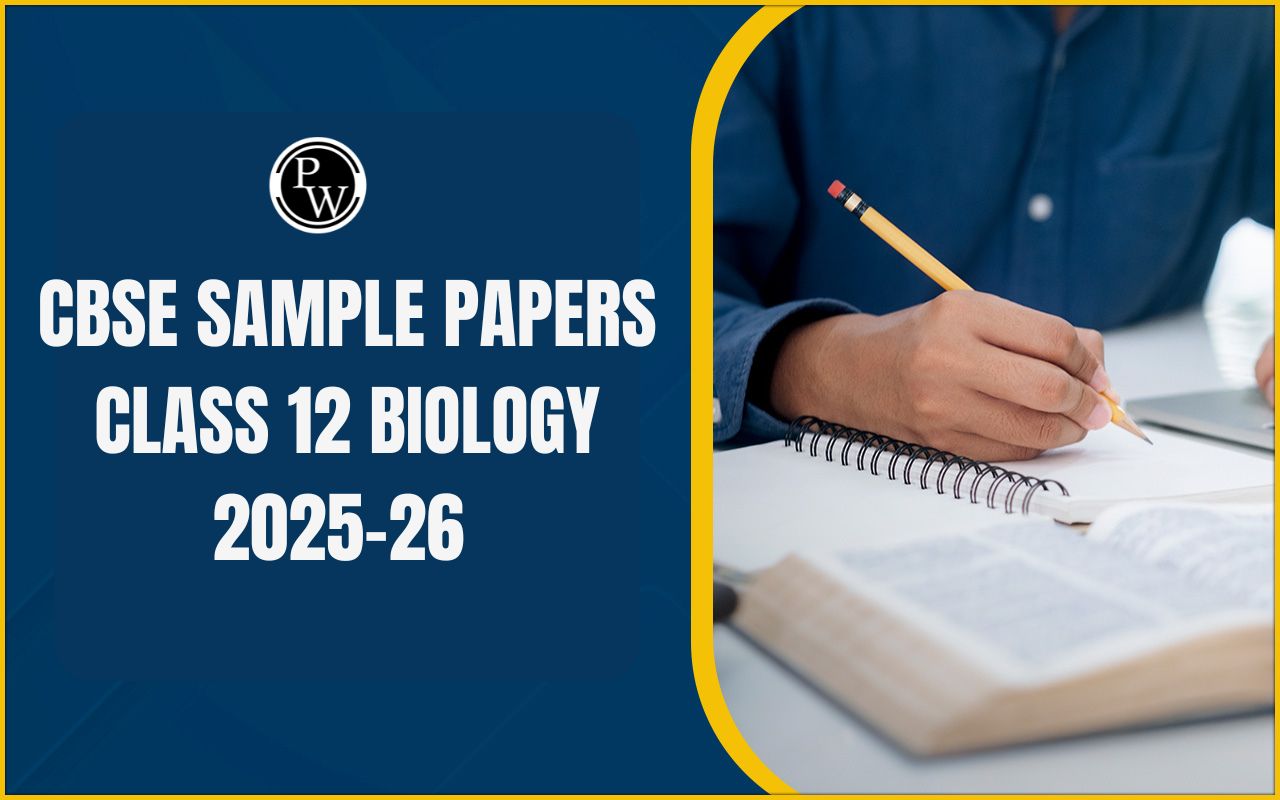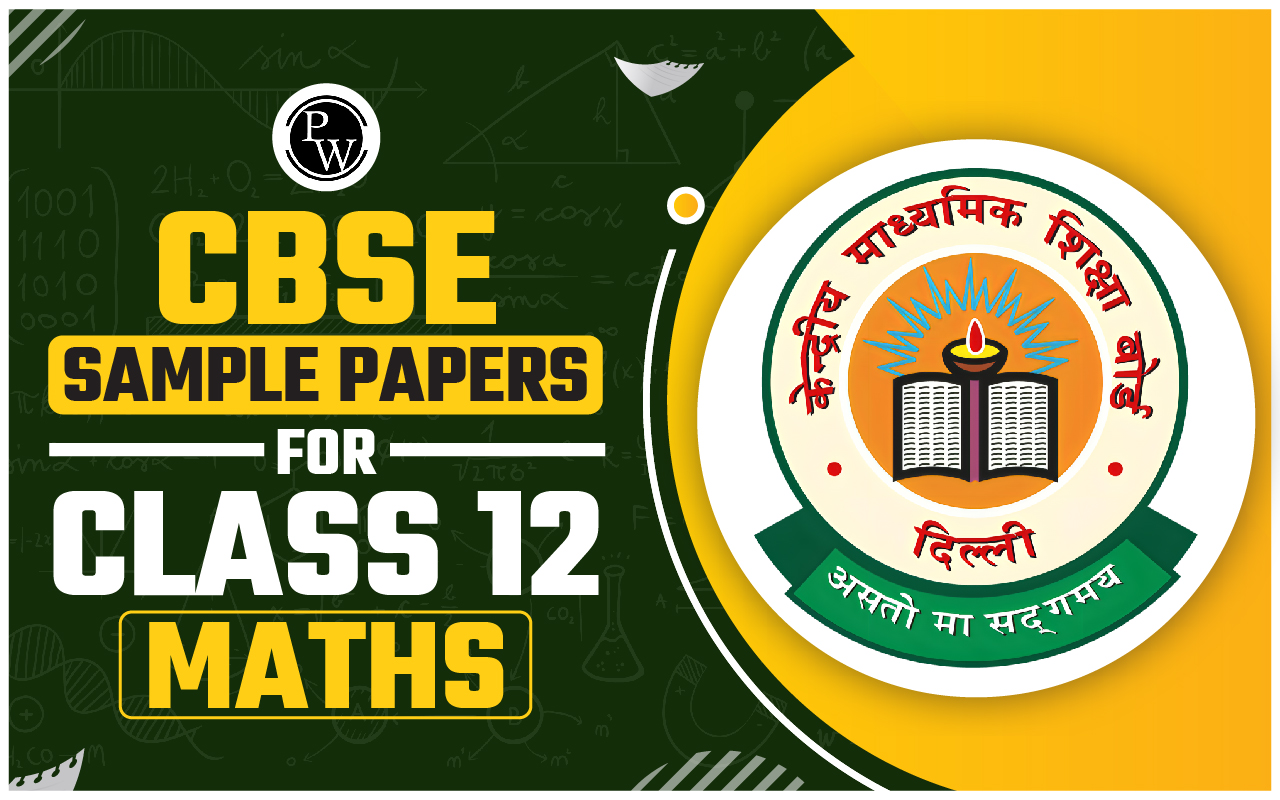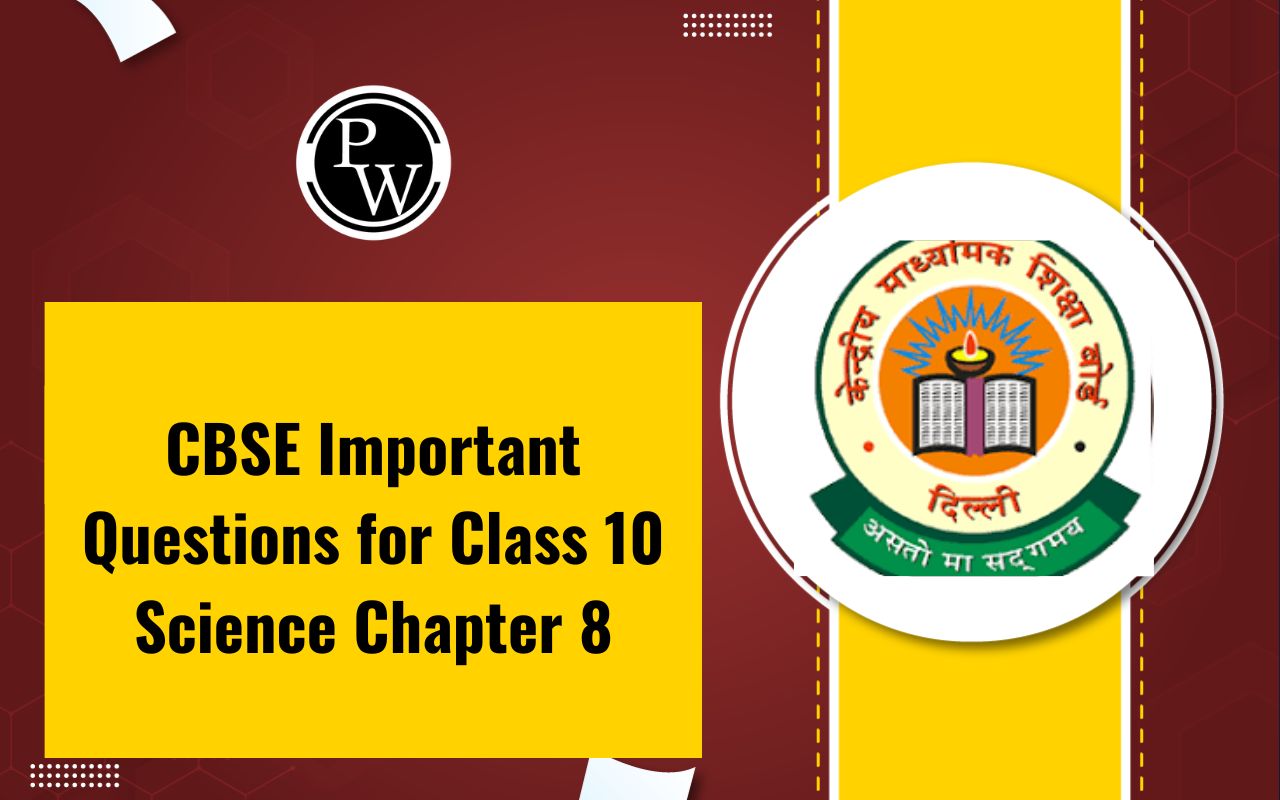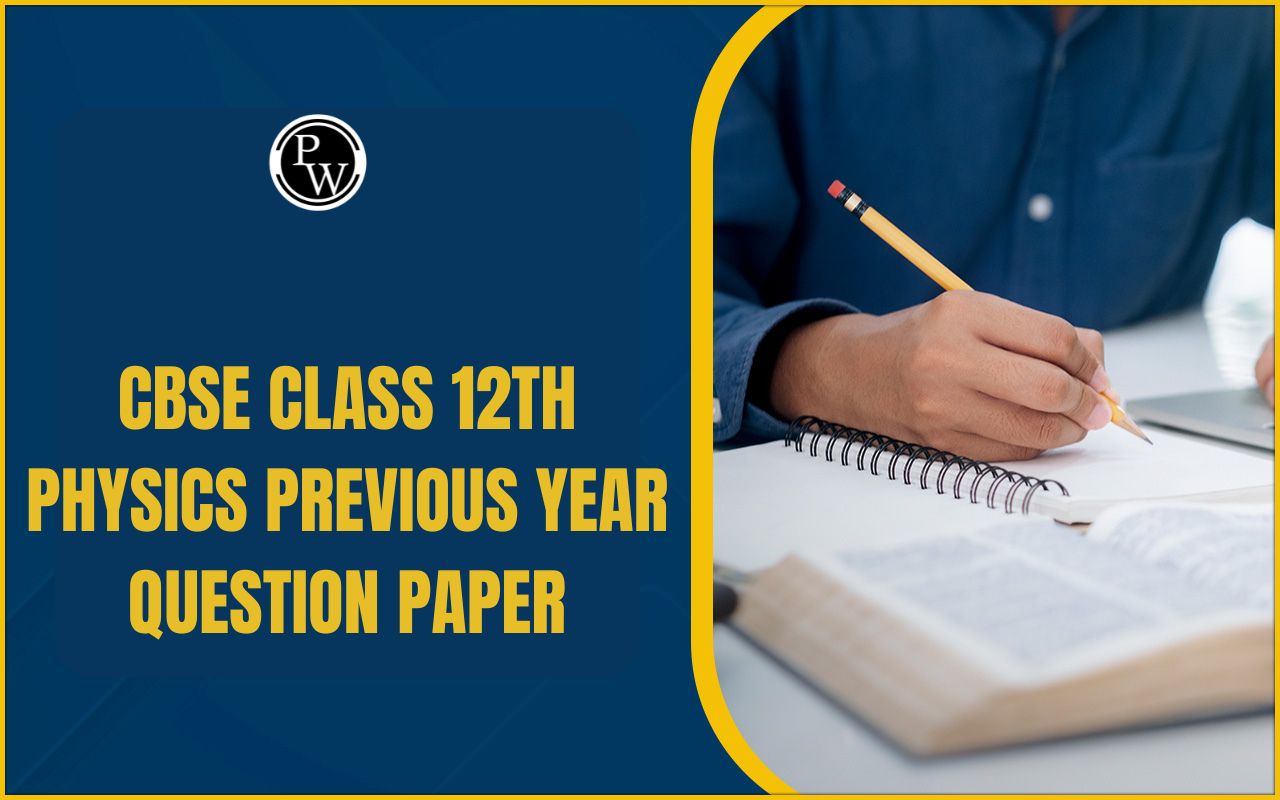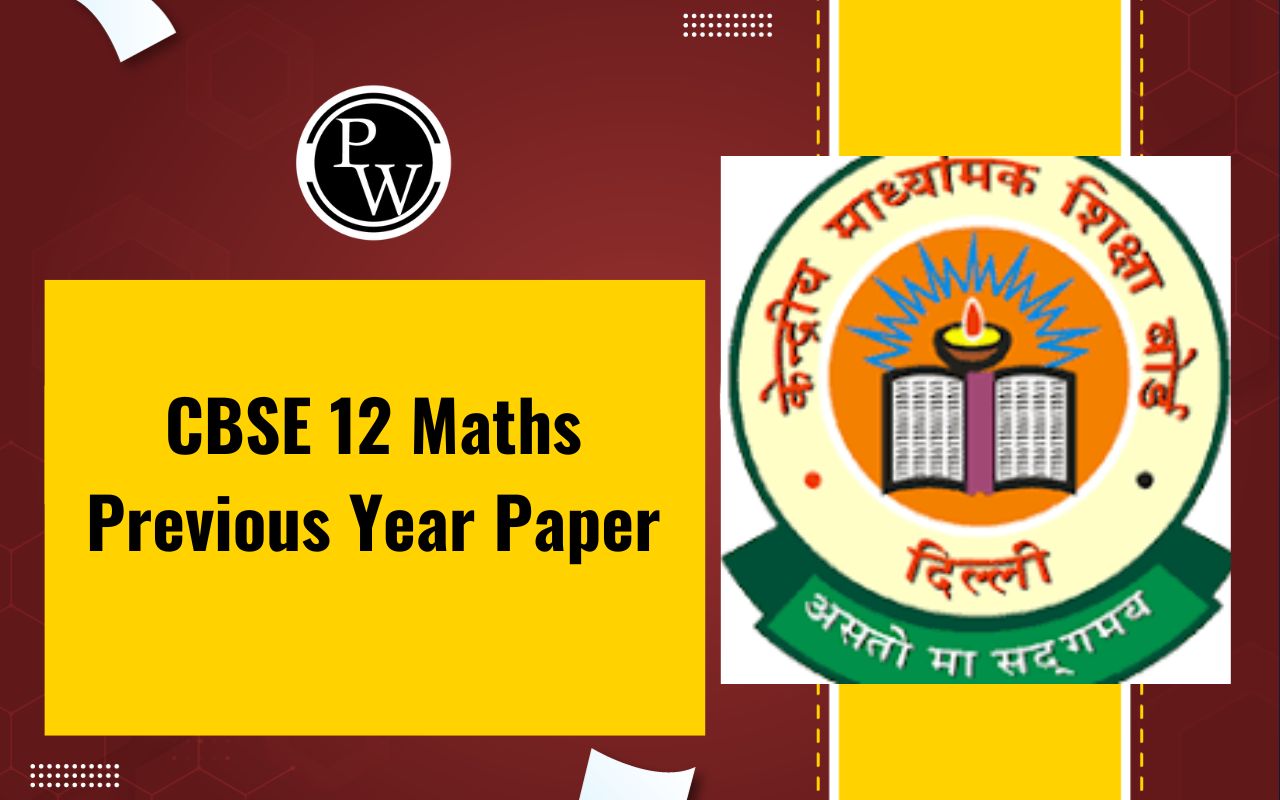
Communication in physics refers to the process of conveying scientific ideas, theories, findings, and discoveries among physicists, researchers, and the broader scientific community. Effective communication is essential for the advancement and dissemination of knowledge within the field of physics. It enables researchers to share their insights, collaborate on projects, refine theories, and build upon existing knowledge.
What is Communication?
Communication is the process of exchanging information, ideas, thoughts, feelings, or messages between individuals or groups through various mediums or channels. It is a fundamental aspect of human interaction and plays a crucial role in conveying understanding, expressing emotions, sharing knowledge, and coordinating actions. Communication involves both verbal and nonverbal elements. Verbal communication includes spoken or written words, while nonverbal communication includes facial expressions, gestures, body language, tone of voice, and even the use of symbols or visual aids. Effective communication requires not only conveying a message accurately but also ensuring that the intended meaning is understood by the recipient.Also Read - Current Electricity Formula
Some Important Formulas
- Shannon's Channel Capacity Formula: The maximum rate of reliable information transmission (channel capacity) over a noisy channel is given by Shannon's formula: C = B log 2 (1 + S/N)
- C Channel capacity (bits per second)
- B Bandwidth of the channel (Hertz)
- S Signal power
- N Noise power
- Signal-to-Noise Ratio (SNR): SNR = S / N
- S Signal power
- N Noise power
- Nyquist Bit Rate Formula: The Nyquist formula calculates the maximum bit rate for a noiseless channel: R = 2 B log 2 (L)
- R Maximum bit rate (bits per second)
- B Bandwidth of the channel (Hertz)
- L Number of signal levels or symbols used
- Shannon-Hartley Theorem: This theorem relates the maximum achievable data rate in a channel with both bandwidth and signal-to-noise ratio: C = B log 2 (1 + SNR)
- C Channel capacity (bits per second)
- B Bandwidth of the channel (Hertz)
- SNR Signal-to-noise ratio
- Modulation Efficiency Formula: Modulation efficiency indicates the number of bits transmitted per unit of bandwidth and signal level: Efficiency = R / (B log 2 (L)) Where:
- Efficiency: Modulation efficiency (bits per second per Hertz per level)
- R Bit rate (bits per second)
- B Bandwidth of the channel (Hertz)
- L Number of signal levels or symbols used
- Frequency Modulation:
- Amplitude Modulation Formula :
- Distance Between Two Antennas:
Also Read - Capacitance Formulas
Communication Takes Various Forms
- Research Papers: Physicists publish their work in peer-reviewed scientific journals, presenting their methodologies, experimental data, and conclusions. These papers provide a structured format for conveying new findings to the scientific community.
- Conferences: Physics conferences and symposia offer researchers a platform to present their work in person. These events facilitate the exchange of ideas, promote discussions, and foster collaborations. They also allow researchers to receive feedback and critique from their peers.
- Presentations and Talks: Physicists often give talks at universities, research institutions, and conferences to share their research progress, insights, and discoveries. These presentations help convey complex concepts to both experts and non-experts.
- Collaboration: Communication is crucial for collaborations between physicists working on similar or complementary topics. Through effective communication, researchers can pool their expertise, resources, and perspectives to address complex challenges.
- Public Outreach: Physics communication extends beyond the scientific community to the general public. Physicists engage in public lectures, workshops, and media interviews to explain scientific concepts, promote understanding, and spark interest in physics.
- Online Platforms: With the advent of the internet, physicists now use online platforms, blogs, social media, and preprint servers to share their work and engage in discussions with a wider audience.
Types of Communication
Communication can take various forms, each serving a specific purpose and context. Here are some common types of communication:- Verbal Communication: This involves using spoken words to convey information. It can be face-to-face, over the phone, or through voice and video calls. Examples include conversations, presentations, interviews, and meetings.
- Nonverbal Communication: This includes conveying information without using words. It involves gestures, facial expressions, body language, posture, eye contact, and even tone of voice. Nonverbal cues can complement or contradict verbal messages.
- Written Communication: This involves using written words to convey information. It includes emails, letters, memos, reports, articles, and any other written document. Written communication allows for careful crafting of messages and provides a permanent record.
- Visual Communication: This type of communication utilizes visual aids to convey information. It includes infographics, charts, graphs, diagrams, images, and videos. Visuals can simplify complex information and make it easier to understand.
- Digital Communication: In today's digital age, communication often occurs through electronic means. This includes emails, text messages, instant messaging, social media platforms, and online forums.
- Interpersonal Communication: This is one-on-one communication between individuals. It's characterized by direct interaction and personalized messages. Interpersonal communication is essential for building relationships and understanding others on a deeper level.
- Group Communication: This involves communication within a group of people, such as in meetings, workshops, or team discussions. Effective group communication ensures that everyone is on the same page and contributes to the conversation.
- Mass Communication: Mass communication involves sending a message to a large audience through media channels such as television, radio, newspapers, magazines, and the internet. It's used to inform, entertain, persuade, or educate a wide range of people.
- Intrapersonal Communication: This is the internal dialogue that occurs within an individual's mind. It involves self-reflection, self-talk, and introspection. Intrapersonal communication helps individuals process thoughts, make decisions, and understand their emotions.
- Formal Communication: This type of communication follows established structures, protocols, and hierarchies. It's often used in organizational settings for official purposes, such as memos, reports, and official announcements.
Also Read - Electromagnetic Induction Formula
Communication Process
The communication process is the exchange of information, ideas, thoughts, or feelings between individuals or groups. It involves several elements and stages to ensure effective transmission of the intended message. The process can be broken down into the following components:- Sender: The sender is the person who initiates the communication by formulating and encoding a message to convey a specific idea, information, or emotion. The sender's goal is to transmit the message to the receiver.
- Message: The message is the actual information, idea, or feeling that the sender wants to communicate. It can be verbal, written, visual, or nonverbal in nature, depending on the communication channel being used.
- Encoding: Encoding involves the sender translating their thoughts and ideas into a format that can be understood by the receiver. This might involve choosing words, visuals, symbols, or gestures to effectively convey the intended message.
- Channel: The channel is the medium through which the message is transmitted from the sender to the receiver. Channels can include spoken or written language, gestures, body language, facial expressions, visual aids, emails, phone calls, video conferences, and more.
- Receiver: The receiver is the intended recipient of the message. They decode and interpret the message to understand its meaning. Successful communication relies on the receiver accurately understanding the message as the sender intended.
- Decoding: Decoding is the process by which the receiver interprets the message and extracts its intended meaning. This process can be influenced by the receiver's knowledge, experiences, cultural background, and language skills.
- Feedback: Feedback is the response or reaction the receiver provides to the sender's message. It indicates whether the message was understood correctly and whether the communication was effective. Feedback can be verbal or nonverbal and helps in adjusting the communication approach if needed.
- Noise: Noise refers to any factors that disrupt the smooth transmission or reception of the message. It can be external (such as background noise) or internal (such as personal biases or distractions) and can impact the clarity of the message.
- Context: The context includes the circumstances, environment, and situational factors that influence the communication process. Context helps in understanding the message correctly and in the intended context.
- Feedback Loop: Communication is often an iterative process. The feedback received from the receiver can lead to adjustments in the sender's message or approach, creating a feedback loop that aims to improve the effectiveness of communication over time.
Examples of Communication Systems
Communication systems are structures that enable the transmission of information between individuals, devices, or entities. They encompass various technologies and methods for conveying information over a distance. Here are some examples of communication systems:- Telephone System: Traditional landline telephones and modern mobile phones are examples of communication systems that allow voice communication over long distances.
- Internet: The internet is a global communication system that enables the exchange of data, information, and multimedia content through websites, emails, social media, and more.
- Radio Broadcasting: Radio systems transmit audio signals over radio waves, enabling the broadcast of music, news, and other content to a wide audience.
- Television Broadcasting: Television systems transmit audio and video signals, allowing for the broadcast of visual content and information to viewers.
- Satellite Communication: Communication satellites orbiting Earth facilitate long-distance communication for various purposes, such as television broadcasting, internet access, and global positioning.
- Wireless Communication: Technologies like Wi-Fi and Bluetooth enable wireless communication between devices such as computers, smartphones, and IoT devices.
- Cellular Networks: Cellular networks, like 3G, 4G, and 5G, provide mobile communication services, allowing voice calls, messaging, and internet access on mobile devices.
- Fiber Optic Communication: Fiber optic cables use light signals to transmit data over long distances with high bandwidth, making them ideal for high-speed internet and long-distance communication.
- Postal System: While less digital, the postal system involves the physical delivery of written communication, packages, and parcels.
- Public Address Systems: These systems use speakers and microphones to transmit audio messages in public places like airports, train stations, and stadiums.
Communication Formula FAQs
Why is clear communication important in physics?
Clear communication is crucial in physics to ensure that ideas, concepts, and findings are accurately conveyed to both experts and non-experts. Precise language and effective explanations help prevent misunderstandings and promote the dissemination of knowledge.
What are the common ways physicists communicate their findings?
Physicists communicate their findings through various mediums, including research papers published in scientific journals, presentations at conferences, seminars, workshops, and online platforms. Collaboration and discussions with colleagues also play a significant role in sharing ideas.
What is the importance of mathematical notation in physics communication?
Mathematical notation provides a concise and precise way to represent complex ideas in physics. Equations, symbols, and mathematical expressions allow physicists to convey relationships and concepts that might be difficult to express in plain language.
How do physicists write research papers?
Physics research papers typically follow a structured format: introduction, methodology, results, discussion, and conclusion. They include detailed explanations of the problem addressed, the methods used, the results obtained, and the implications of the findings. Proper citation of sources is essential.
What is the peer-review process in physics?
The peer-review process involves submitting a research paper to a scientific journal, where experts in the field review the paper for its quality, accuracy, and significance. Peer review helps maintain the integrity of scientific research by ensuring that only well-founded and relevant work gets published.
How do physicists use visuals to communicate?
Physicists use visuals such as graphs, charts, diagrams, and illustrations to help convey complex ideas more clearly. Visuals provide a way to represent data, relationships, and concepts in a format that's easier to understand.
🔥 Trending Blogs
Talk to a counsellorHave doubts? Our support team will be happy to assist you!

Check out these Related Articles
Free Learning Resources
PW Books
Notes (Class 10-12)
PW Study Materials
Notes (Class 6-9)
Ncert Solutions
Govt Exams
Class 6th to 12th Online Courses
Govt Job Exams Courses
UPSC Coaching
Defence Exam Coaching
Gate Exam Coaching
Other Exams
Know about Physics Wallah
Physics Wallah is an Indian edtech platform that provides accessible & comprehensive learning experiences to students from Class 6th to postgraduate level. We also provide extensive NCERT solutions, sample paper, NEET, JEE Mains, BITSAT previous year papers & more such resources to students. Physics Wallah also caters to over 3.5 million registered students and over 78 lakh+ Youtube subscribers with 4.8 rating on its app.
We Stand Out because
We provide students with intensive courses with India’s qualified & experienced faculties & mentors. PW strives to make the learning experience comprehensive and accessible for students of all sections of society. We believe in empowering every single student who couldn't dream of a good career in engineering and medical field earlier.
Our Key Focus Areas
Physics Wallah's main focus is to make the learning experience as economical as possible for all students. With our affordable courses like Lakshya, Udaan and Arjuna and many others, we have been able to provide a platform for lakhs of aspirants. From providing Chemistry, Maths, Physics formula to giving e-books of eminent authors like RD Sharma, RS Aggarwal and Lakhmir Singh, PW focuses on every single student's need for preparation.
What Makes Us Different
Physics Wallah strives to develop a comprehensive pedagogical structure for students, where they get a state-of-the-art learning experience with study material and resources. Apart from catering students preparing for JEE Mains and NEET, PW also provides study material for each state board like Uttar Pradesh, Bihar, and others
Copyright © 2025 Physicswallah Limited All rights reserved.
Get App

